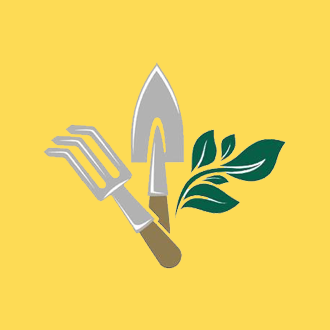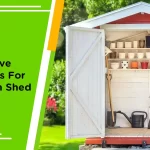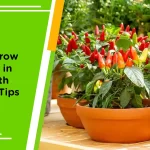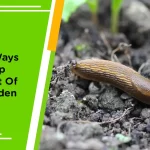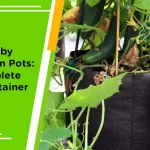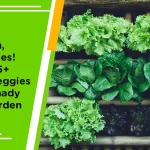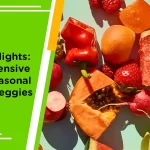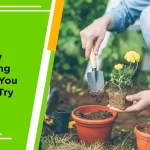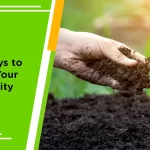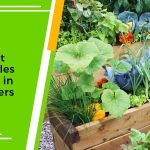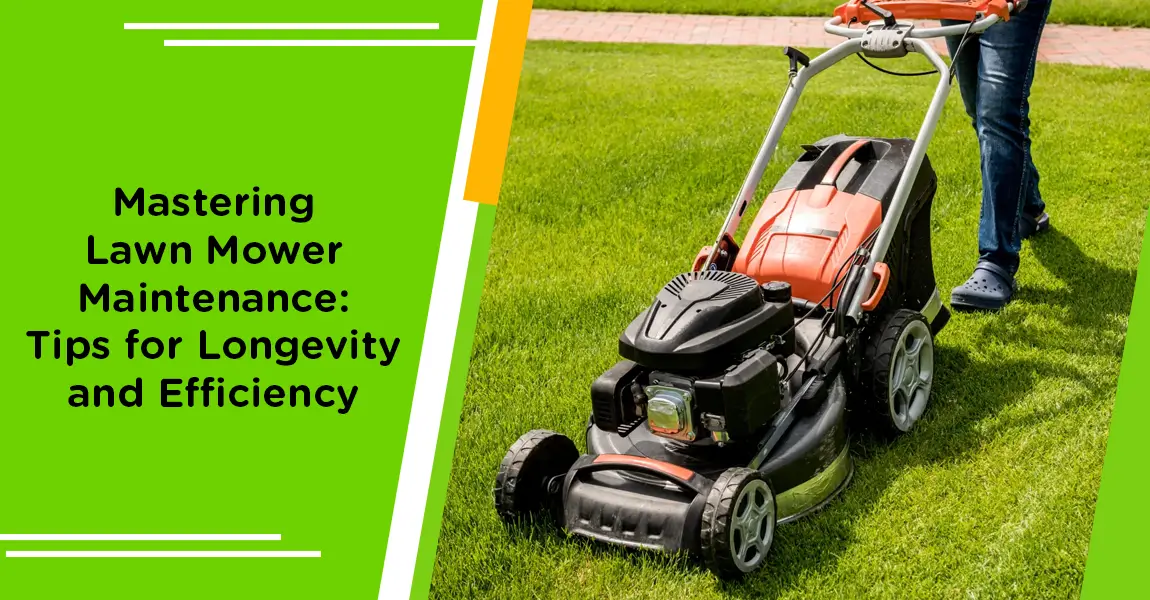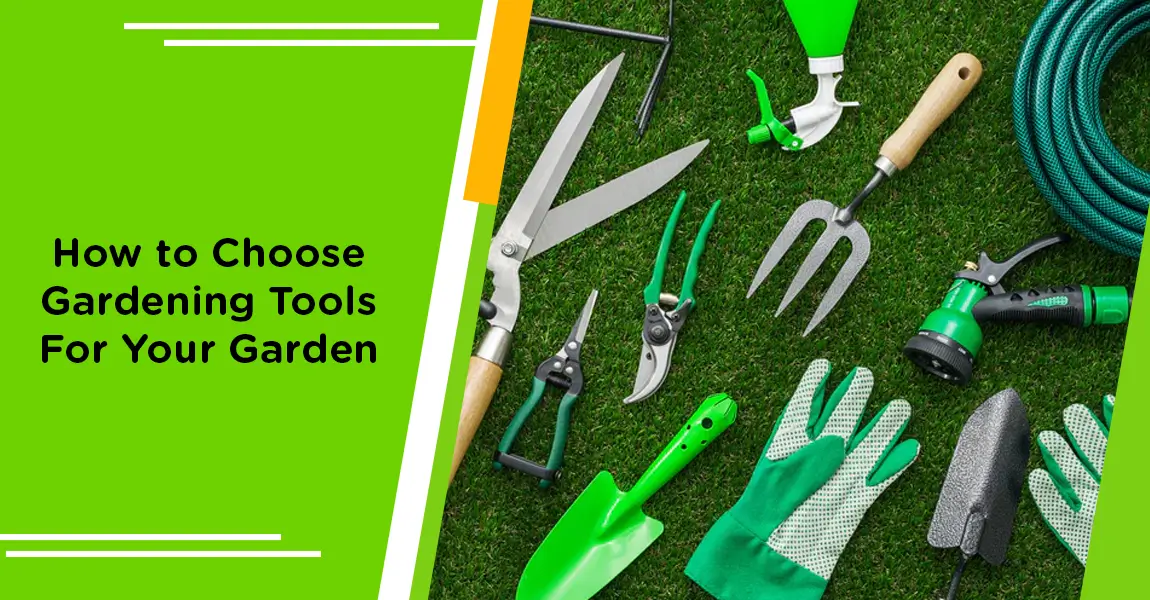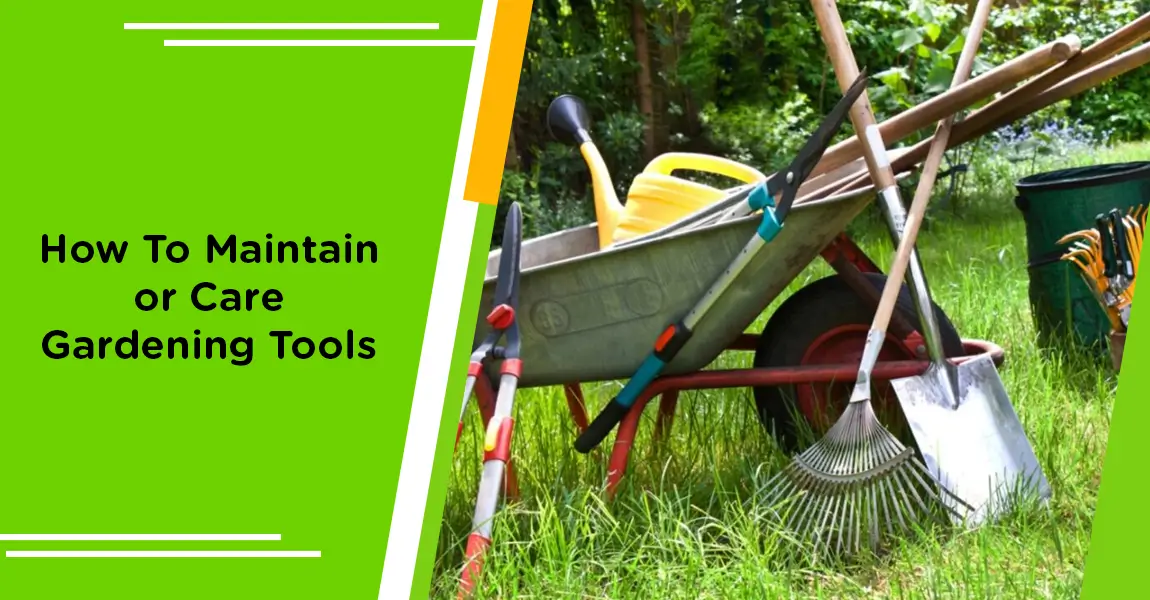Cart review
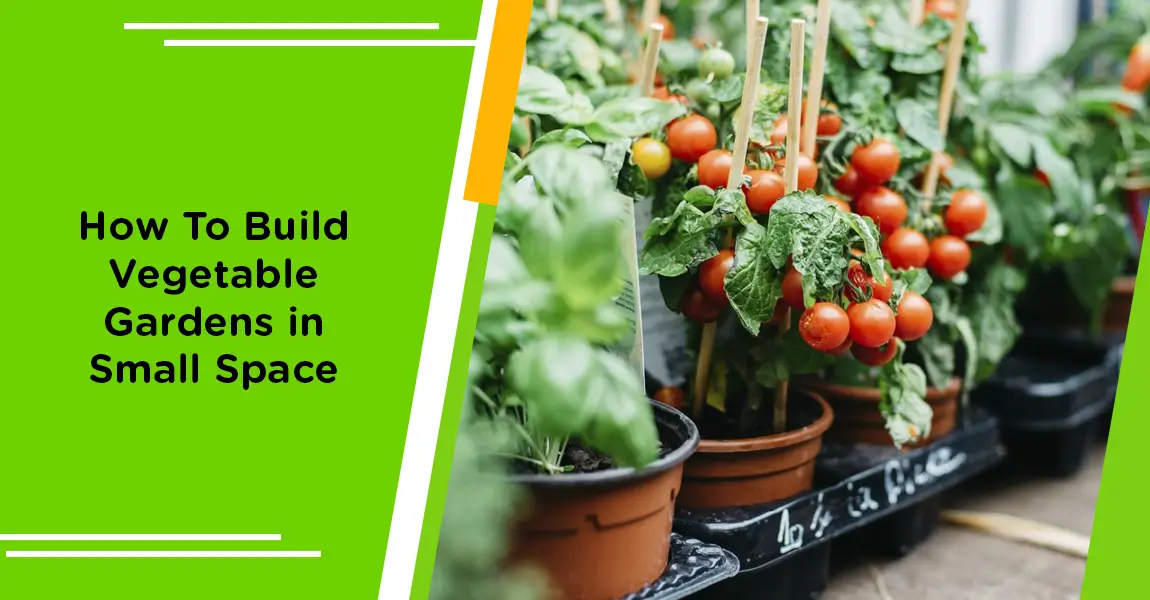
How To Build Vegetable Gardens in Small Space
Are you looking forward to growing vegetable gardens in a small space? If yes, you are on the right page, as you can get all the details. Growing a garden is one of the best ways to produce healthy vegetables and fruits besides herbs, and you can enjoy your favorite fresh foods at home.
While spacious outdoor gardens can produce a huge harvest, you do not need a huge garden bed to grow healthy vegetables in a smaller space. You can yield your favorite tasty vegetables in a small footprint with the right containers, a soil watering schedule, and the perfect sun exposure.
Any small outdoor space can be transformed into a beautiful, productive garden or a fire escape in a fresh food Oasis because you do not need to settle for that little potted basil plant on the windows. Even a ten-by-ten plot can grow at least one hundred pounds of produce if you look forward to planning and making the most of the space.
Small vegetable garden ideas can transform even the tiniest space into a productive patch. You can grow all crops, from textile herbs to root vegetables and fruit trees, if carefully planned. Under this guide, you will also learn how to build vegetable gardens in a small space.
Tips To Utilize A Small Space
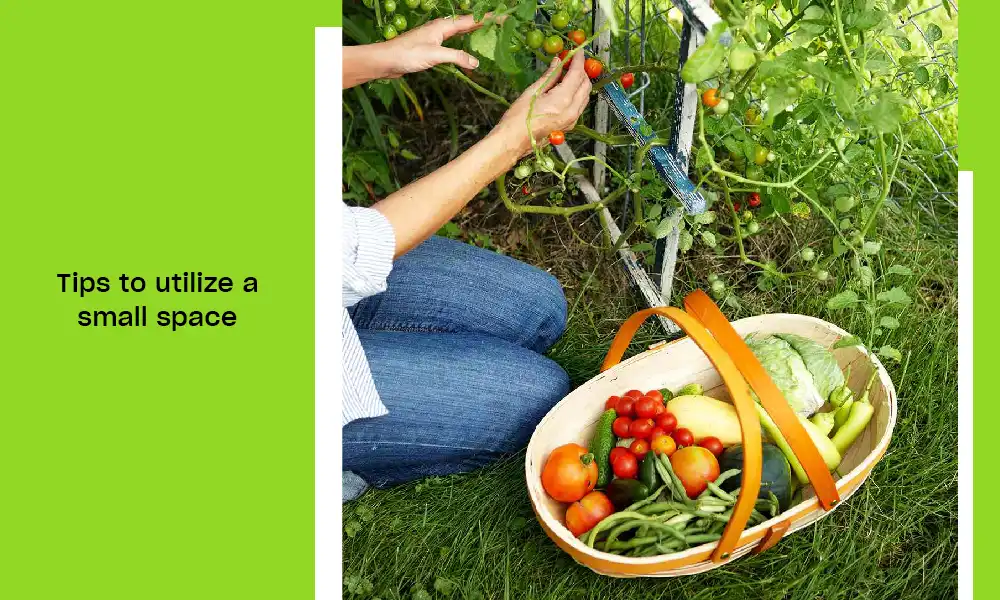
If you want a vegetable garden, you do not have to worry about having a youth space. Small sunny spots on your balcony or your backyard can be great locations. Heirloom Seeds and the development of new hybrid varieties also offer good options, including colourful vegetable varieties worldwide and various compact plants.
Choosing the right location and ideal varieties of your favorite plants will help you make the most of the harvest. Besides providing the proper growing conditions, it is also helpful to use a fence.
Layout Considerations That You Need To Keep In Mind For Vegetable Gardens
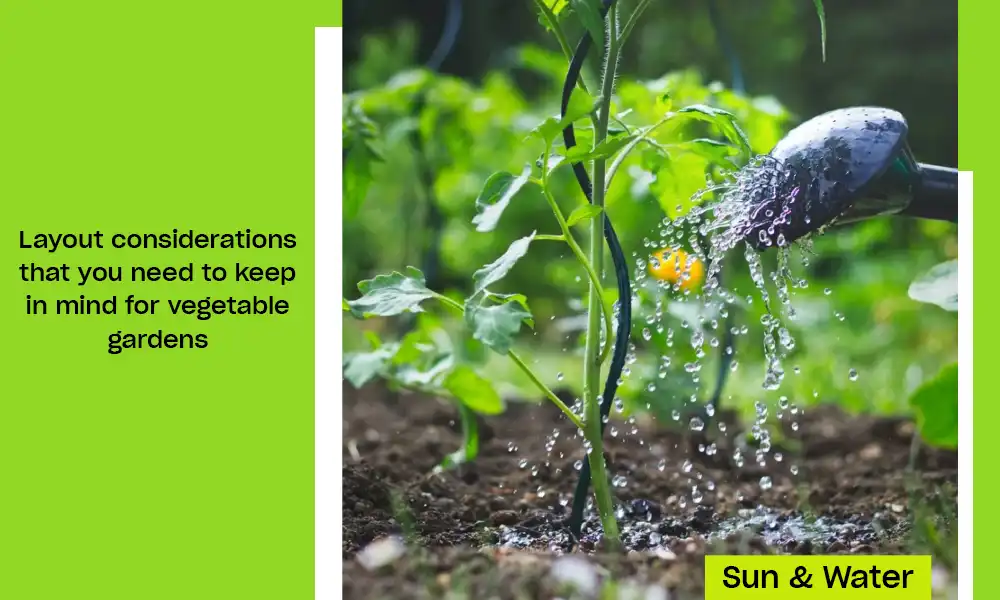
You can get your hands on a successful yield if you consider the different shapes and sizes of your vegetable gardens. At the same time, the layout of your garden should ensure that your plants can receive optimum nutrients. To make the most of the small vegetable garden, choose a location that can provide plenty of sunlight, access to a water source, and fertile, rich soil to grow perfect vegetables.
Sun
Once you make vegetable gardens, you need to ensure enough sunlight for the vegetables to grow. Vegetables need at least 6 to 8 hours of sun every day. The fruits will not grow Ripe, and the plants will be stressed. Even if the site is sun challenged, there are some vegetables you can grow in a light shade, like lettuce or other leafy vegetables, broccoli root vegetables and others.
Water
Vegetables that you are growing in small vegetable gardens need enough watering. Otherwise, they will not fill out. Some of the vegetables include tomatoes which would crack open if they were certainly plumped up with water after struggling for some time. If you have one, it means a drip irrigation system is amazingly simple to install and saves water directly by watering the re-space until the spring-harvested vegetables are harvested.
Succession Planting
This type of planting is useful for any vegetable garden, but it is also more valuable when the space is less. Succession planting is about receding the quick-growing crops every 2 to 3 weeks during the growing season. It is useful when crops like beans and zucchini are most likely to exhaust themselves while producing too much. You will produce enough food for the family’s appetite by planning in succession. This is your best idea for vegetable gardens in a small space.
Some Of The Ways That Can Help You Make The Most Of Your Vegetable Garden Space
Going For A Multifunctional Greenhouse
Besides rain barrels, you can consider having a greenhouse which becomes an important part of a vegetable garden. You can start as several seedlings, just like your heart desires, without the challenge of predicting the frost or stressing about where they will live. The benefits are not just felt during the start of the growing season, but also unheated greenhouse can delay the effects of the frost by several weeks. It helps you make the most of the yield of crops, like picking fresh tomatoes in the fall season. But when it comes to planning a greenhouse for a small vegetable garden, you must compromise the most common being between a shed and a greenhouse.
Considered Using The Vertical Height With Hanging Baskets
Trailing blooms are not just the best plants for hanging baskets. In fact, these baskets can also be used to grow diverse types of vegetables and help in improving the productivity of your small vegetable garden. Besides taking the ground space, they also provide a versatile growing platform for a vast range of vegetables that work especially well with cut-and-come-again lettuce and spinach, besides being able to be used for growing tomatoes or herb platter ideas.
You Can Grow Vegetables In Your Pots
Shady areas have a problem with small gardens. Still, vegetable garden container ideas offer the best solution as you can move the pots from one place to another where there is maximum sun throughout the day. It means you are not just limited to vegetables grown in the shade, but you can also grow different edibles in your small vegetable garden. Potted edibles are especially convenient for small vegetable gardens.
Grow Crops Which Offer Rich Rewards
The trick for a successful vegetable garden is to grow a small number of different crops which offer optimum rewards. You can go for easy bumper crops, including plants and leafy greens. Some plant varieties are easy to grow and quick, so they will do well even if we do not have much gardening experience.
Some Of The Must-Have Gardening Tools To Maintain Vegetable Gardens

You will wonder what is next once you are done with vegetable gardening. You need to know that maintenance goes on and on even after you are done with your basic part. But you can make maintenance easy by investing in home and garden equipment.
Bird Netting
It is a must-have equipment besides sprinklers. The bird net helps in keeping most animals and pests away. The bird netting mesh hole prevents even the smallest birds from infiltrating your precious harvest. Additionally, the visible netting is made from the best quality material that is completely durable and perfect for long-lasting use.
Cultivator
It is one of the best gardening tools you can ever invest in. This equipment can churn out the soil deep and wide. Operating the machine is completely easy with its whole start, improved engine steady handle, and quick-release hand throttle control. You can just fold away the cultivator and store it with the rest of your garden tools once you finish the work.
Garden Composter
The garden composter is a must-have garden equipment as it helps collect organic waste like weed lawn clippings. The waste boxes can quickly achieve optimal composting thanks to the ventilation holes in the side parts.
Garden Kneeler
You can save time on looking around for misplaced tools with this garden kneeler. It is distinctively designed to sit over the green waste so that you can conveniently put everything around the garden with you and put tools somewhere you cannot lose them easily.
Garden Windmill
the garden windmill is your best bet for your vegetable gardens if you are after a unique but beautiful decoration for the backyard. The windmill features a weathervane built in so that you always know the way the wind is blowing. The blades look trendy and spin smoothly and quietly. Besides helping you decorate your backyard, this windmill helps convert wind energy into electricity.
Conclusion
These are some tools you need to invest in when making the most of the small vegetable garden space. Besides utilizing these tips, you also must ensure that you are maintaining the garden well. You can easily use all the gardening equipment. It is always sensible to plant compact fruit and vegetables in a small vegetable garden. You must choose vegetable and fruit crops that can be harvested constantly, which keeps them producing, instead of the ones which can be removed completely. Your space needs to be completely productive.

